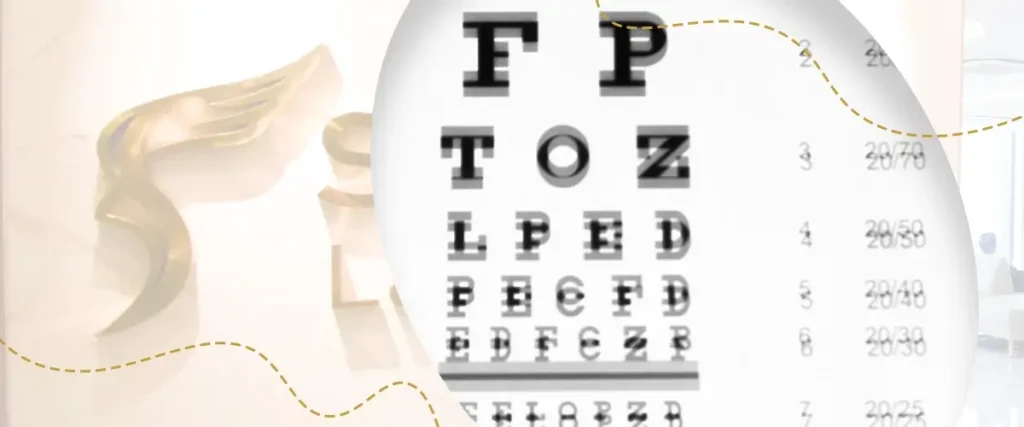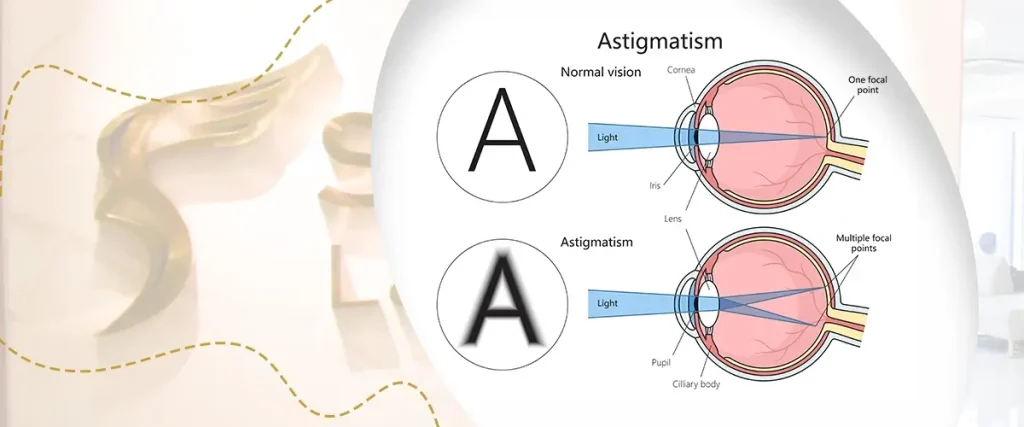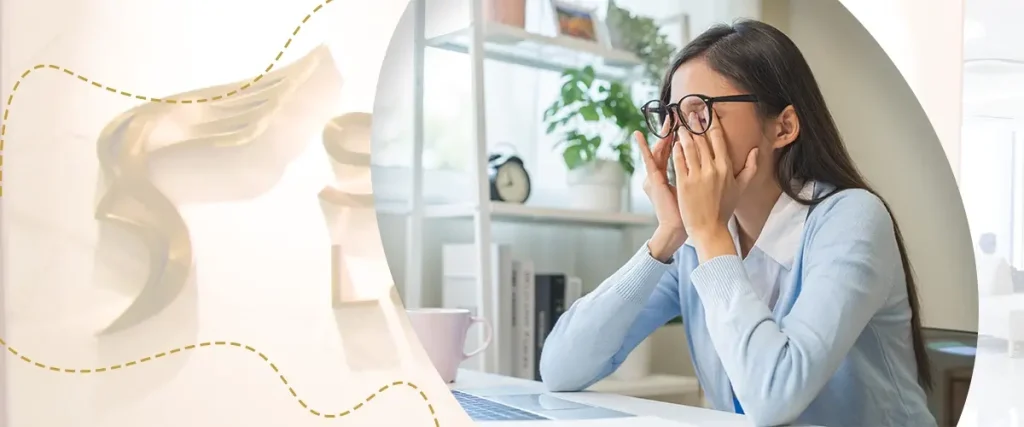For many Filipinos who wear glasses or contact lenses, LASIK surgery has become a life-changing solution. The procedure corrects common vision problems such as nearsightedness, farsightedness, and astigmatism by reshaping the cornea. But one of the most common questions patients ask is: What is the maximum eye grade that LASIK can treat?

This question is critical because LASIK is not a one-size-fits-all procedure. Every candidate must meet strict medical criteria to ensure safety and lasting results.
Understanding the upper limits of LASIK treatment can help you decide whether you are a good candidate or whether alternative options may be better.
Understanding LASIK and How It Works
LASIK (Laser-Assisted In Situ Keratomileusis) is a procedure where a surgeon creates a thin flap in the cornea and uses a laser to reshape it. This process improves how light focuses on the retina, which restores clearer vision.
Eligibility for LASIK does not only depend on eye grade. Factors such as corneal thickness, eye health, and prescription stability play a significant role. Doctors usually require a stable prescription for at least one to two years before recommending surgery.
In the Philippines, LASIK has grown in popularity due to advancements in technology and accessibility. Many clinics now offer advanced laser systems that make treatment safer and more precise, expanding the range of prescriptions that can be corrected.
Maximum Eye Grade for Nearsightedness (Myopia)
Nearsightedness, or myopia, is the most common reason patients seek LASIK.
- Typical range: LASIK can safely correct up to –8.00 diopters in most patients.
- Extended range with advanced lasers: Some clinics may treat up to –10.00 to –12.00 diopters, depending on corneal thickness and technology available.
- Risks beyond these limits: Patients with very high myopia may face increased risks of complications such as corneal ectasia (a thinning and bulging of the cornea).
For those with prescriptions higher than –12.00 D, doctors often recommend alternative procedures like implantable contact lenses (ICLs), which can safely address stronger prescriptions.
Maximum Eye Grade for Farsightedness (Hyperopia)
Hyperopia is more challenging to correct than myopia.
- Common limit: Most LASIK procedures can correct up to +4.00 to +6.00 diopters.
- Why the lower limit? Hyperopia correction requires removing more corneal tissue, which increases the risks when the grade is higher.
- Patient considerations: Stability of vision is even more important for farsighted patients since prescriptions may shift with age.
For Filipinos with hyperopia beyond +6.00 D, other solutions such as refractive lens exchange (RLE) may be better suited.

Maximum Eye Grade for Astigmatism
Astigmatism is caused by an irregular curvature of the cornea. LASIK can effectively correct this condition within certain ranges.
- Typical limit: Up to 6.00 diopters of astigmatism can usually be treated with LASIK.
- Combination corrections: Many patients have astigmatism along with myopia or hyperopia. The total correction must still remain within safe limits, balancing all factors together.
Factors That Influence Eligibility Beyond Eye Grade
Even if your prescription falls within the treatable limits, several factors influence whether LASIK is safe for you.
- Corneal Thickness – Adequate corneal tissue must remain after reshaping to maintain eye strength. Thin corneas reduce eligibility.
- Prescription Stability – If your grade has changed within the last year, doctors may advise waiting.
- Overall Eye Health – Conditions such as keratoconus, glaucoma, or severe dry eyes may rule out LASIK.
- Age – Patients must be at least 18 years old, though most surgeons prefer candidates in their 20s or older with stable prescriptions.
- Technology Used – Advanced systems like Contoura Vision or WaveLight allow safer treatment for higher prescriptions compared to older techniques.
Alternatives for Patients with Very High Eye Grades
If your prescription is too high for LASIK, you still have safe and effective alternatives:
- TransPRK (Photorefractive Keratectomy): Suitable for thinner corneas but generally treats lower prescriptions.
- CLEAR (Corneal Lenticule Extraction for Advanced Refractive correction): A minimally invasive procedure similar to LASIK in outcomes, but without creating a flap. CLEAR can correct high levels of myopia and astigmatism, and is available at Shinagawa.
- Implantable Contact Lenses (ICLs): Recommended for patients with extremely high myopia (beyond –12.00 D). These lenses are placed inside the eye and can be removed if necessary.
- Refractive Lens Exchange (RLE): Similar to cataract surgery, this option replaces the natural lens with an artificial one, suitable for very high hyperopia or presbyopia.
These procedures expand treatment options for patients whose prescriptions exceed LASIK’s maximum limits.

Risks of Treating High Prescriptions with LASIK
While LASIK is generally safe, the risks increase for higher prescriptions.
- Corneal Ectasia: Thinning and bulging of the cornea, which can cause serious vision problems.
- Dry Eye Syndrome: More common in high-grade corrections, especially in the first few months.
- Night Vision Issues: Glare, halos, or starbursts around lights can be more pronounced in patients with high eye grades.
These risks highlight the importance of a thorough pre-operative screening and choosing an experienced surgeon.
Conclusion
LASIK can provide life-changing results, but it does have limits. For nearsightedness, most clinics treat up to –8.00 to –12.00 diopters. For farsightedness, the range is up to +6.00 D, and for astigmatism, up to 6.00 D. Beyond these ranges, alternatives such as PRK, CLEAR, or implantable lenses may be safer.
Every patient is unique. The only way to know for sure if you qualify is through a comprehensive eye screening with a trusted specialist.

By submitting this form, you consent to the processing of your personal data in accordance with our Data Privacy Notice.
At Shinagawa Lasik & Aesthetics, we combine advanced technology with experienced surgeons to help you achieve clear vision safely. With decades of expertise and thousands of successful procedures, Shinagawa remains one of the leading choices for Filipinos seeking reliable and life-changing LASIK treatment.
For inquiries, questions, and appointments, call our Patient Care Lines:
🖥 Talk to our Consultants via Livechat: https://direct.lc.chat/6329011/
📱 Instagram: https://instagram.com/shinagawa_ph/
Citations and Resources
Shinagawa LASIK & Aesthetics strives to provide accurate and reliable information regarding LASIK procedures and eye health. We utilize primary sources to support our content, including peer-reviewed scientific studies, data from reputable medical organizations, and expert opinions. We also reference established publications and research where appropriate.
Our commitment to evidence-based information ensures that you receive trustworthy and up-to-date details to make informed decisions about your eye care.
Resources Used in This Article
- LASIK.Com. “Can LASIK Correct High Prescriptions? Expert Insights, https://www.lasik.com/can-lasik-correct-high-prescriptions/”
- Cornea & Laser Eye Institute. “LASIK for High Prescription? Success Rates and Considerations, https://www.vision-institute.com/lasik-for-high-prescription-success-rates-and-considerations/”
- UCLA Health. “Limits of Treatment, https://www.uclahealth.org/medical-services/ophthalmology/laser-refractive-surgery/services-offered/limits-treatment”
- Visual Aids Centre. “What is the Maximum Prescription for Lasik?, https://www.visualaidscentre.com/what-is-the-maximum-prescription-for-lasik/”
- TLC Laser Eye Centers. “LASIK for High Vision Prescriptions: Understanding the Maximum Limits and Eligibility, https://www.tlcvision.com/blog/lasik-for-high-vision-prescriptions/”
- Kentucky Eye Institute. “What Prescription Is Too High for LASIK? A Simple Answer, https://kyeye.com/what-prescription-is-too-high-for-lasik-a-simple-answer/”
